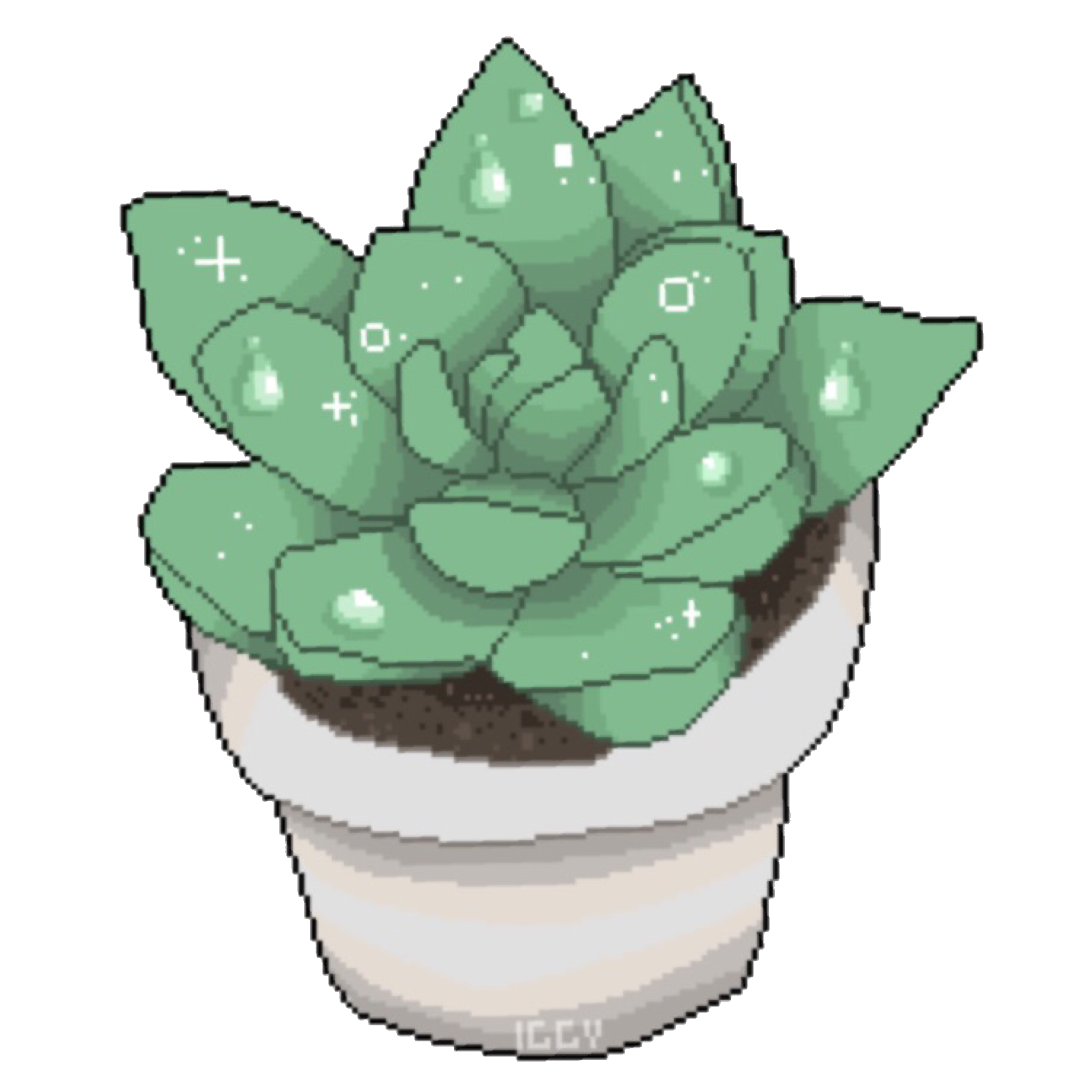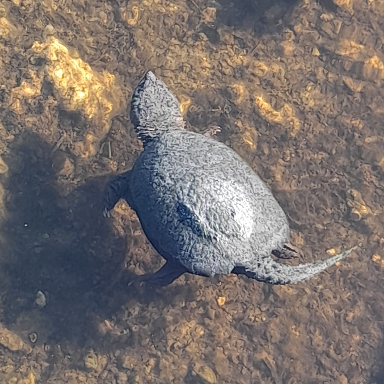I’m terrible at telling when it’s dry until it’s totally parched. I’m new to this and really wanna keep the poor little guy alive. Is there a safe interval I can just set a reminder for? It’s a small pot, like I can hold it in one hand.
Honestly it really depends on how much sun they get/how hot it is. Which means it’s different in summer vs winter. Also very different for each species.
If you have thick fleshy succulents you can wait until they start to wrinkle a bit to water. Or you just go by dryness if soil and water when it’s quite dry throughout.
If you have more flatter leaf succulents it’s a bit harder to tell but they generally like more frequent watering because they store less of them in the leaves.
So yeah, no easy answer. Sorry.
This is pretty much what I was going to say and covers the basics. The trick is to learn your individual succulents needs through trial and error.
Unfortunately that’s harder with the thin leaved ones, but most of those can just be watered more frequently and you’ll be fine. I’ve found some of them even like being watered almost as frequently as normal plants as long as the soil they’re in is right.
Just don’t forget this if you change their location to a hotter sunnier window and forget to check on them until their “usual” watering time from their last cooler location… I can say from experience that they don’t appreciate it.
Right on, it makes sense. Thank you for the reply. I’m also wondering if light is going to be a problem for me as I have no windows that get direct sunlight at any part of the day.
I stick a finger in the soil about an inch for your average size succulent pot (further if it’s a big pot) if it comes out with no soil stuck to it and/or no moisture, it might be time to water.
Also for most succulents I just wait until they kinda start to almost wrinkle, then I drown them. They’re usually wrinkle free again in a few hours.
You’d much rather under water than over water. They’ll tell you pretty quick if they’re dying from lack of water but, by the time you notice they’re dying from over water they’re usually too far gone.
I found that it’s best to just go longer than you’d think is acceptable. I came to realize recently that my succulents were losing leaves because I was watering them too often, but every time I’d see a new one falling off I’d just assume it wasn’t getting enough water and make the problem even worse.
For succulents Its really hard to underwater and so stupidly easy to overwater - that’s the rule.
Actually it depends on what kind of soil you are using, its terracotta pot or plastic, and how much light your succulent is getting. Soil needs to be bone dry.
BTW, your pot have drainage holes?
Do you mind me asking what type of succulent you have? But for a fixed interval, I would say watering every 4 weeks should be safe. And when you water, you can pour the water over the top of the soil (like you would with a watering can or squeeze bottle) OR you can do “bottom watering” wherein the plant is placed in bowl/bucket full of water for like 45-60 minutes. With bottom watering, the idea is that the plant takes up the water it needs and because the water is beneath the pot, the roots grow downward.
For top watering, a good rule of thumb is to water the plant until you see water run out of the drainage hole at the bottom. For bottom watering, you stop when the top soil is damp.
Whichever way you water, make sure to let the excess water drip out of the bottom of the pot. You don’t want to leave the plant sitting in water—that can lead to the roots rotting and the plant will die.
I’ll include a link to a vid about watering techniques because I know it was confusing to me. Best of luck OP!
https://youtu.be/_ZrlEmjJUiE
https://savvygardening.com/bottom-watering-plants/Oh gosh I’m also bad at this.
Someone just gave me a “moon cactus” (i.e. https://en.wikipedia.org/wiki/Gymnocalycium_mihanovichii grafted onto something else) and that just eventually died on me. Never figured out whether I watered it too little or too much.
Edit: I totally misinformed you. Please disregard the below!
Those are usually grafted onto a euphorbia species, which like a little more water than cacti do. There are always so many variables though! Soil, ambient humidity, hours and intensity of light… I tend to err on the underwatering side just to be safe.
Gymnos and other cacti can only be grafted to other cacti, never a euphorbia. Often the rootstock used for grafting cacti is the Selenicereus “dragon fruit” cactus. This is because it has a faster metabolism and can make the scion cacti grow faster than normal.
I’m an idiot! You’re right, it’s dragon fruit. 🤦♀️
yeah, I was like, “Euphorbia”…spurges? That doesn’t make sense at all lol
But @apfelwoiSchoppen@vlemmy.net posted a reply before I got back to this.







